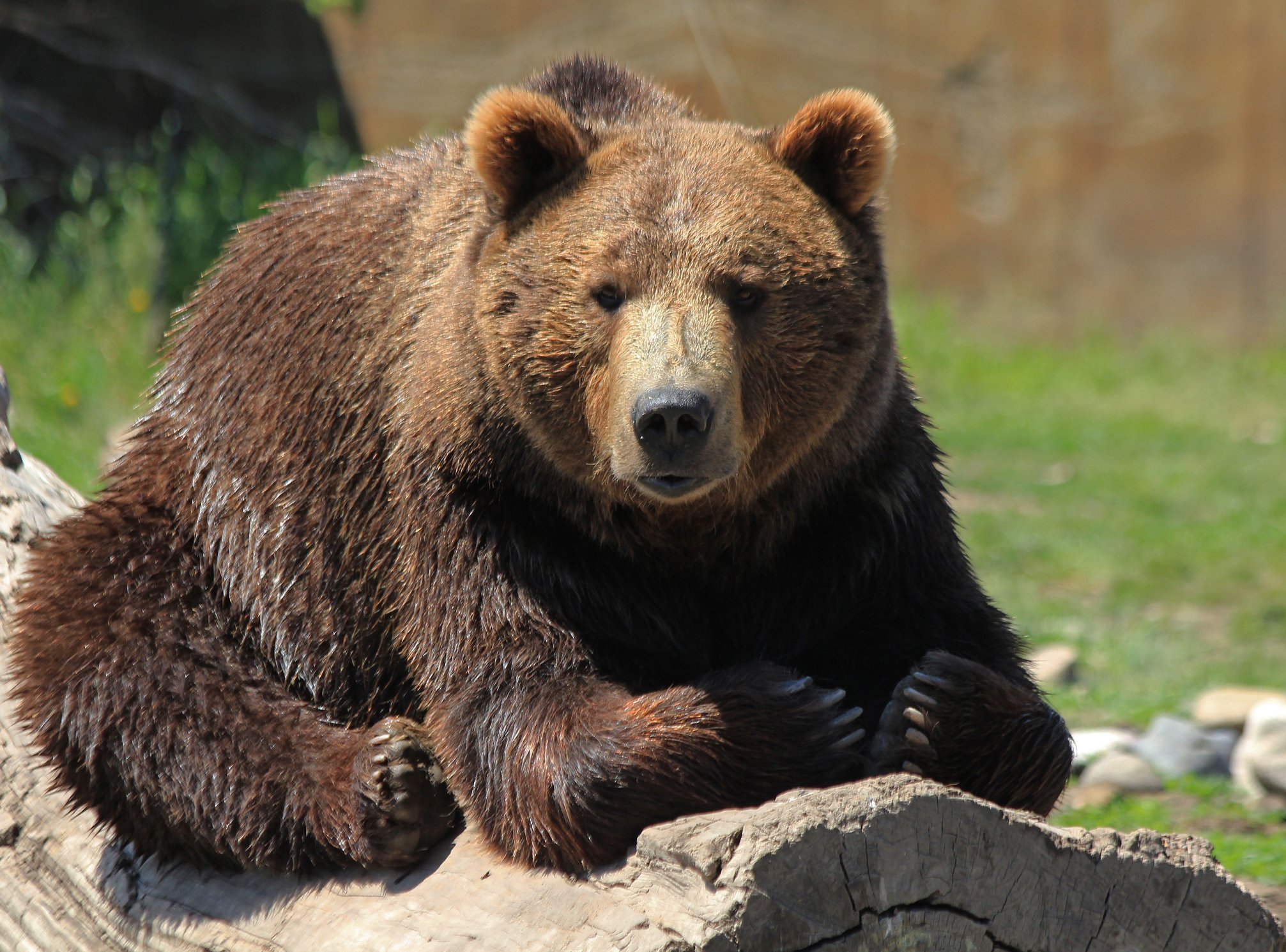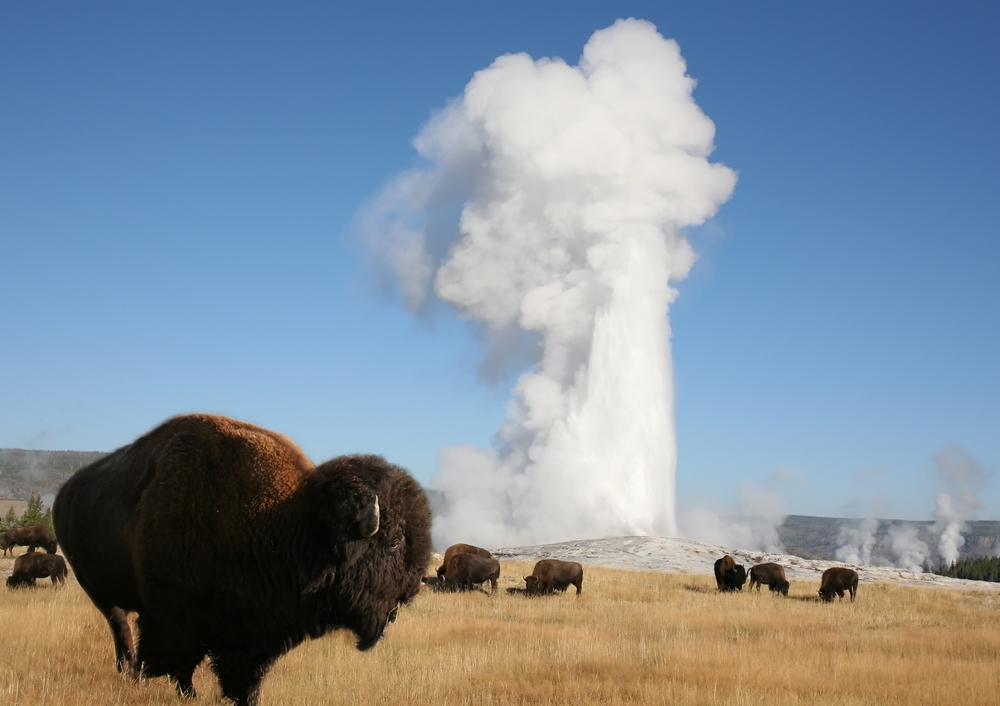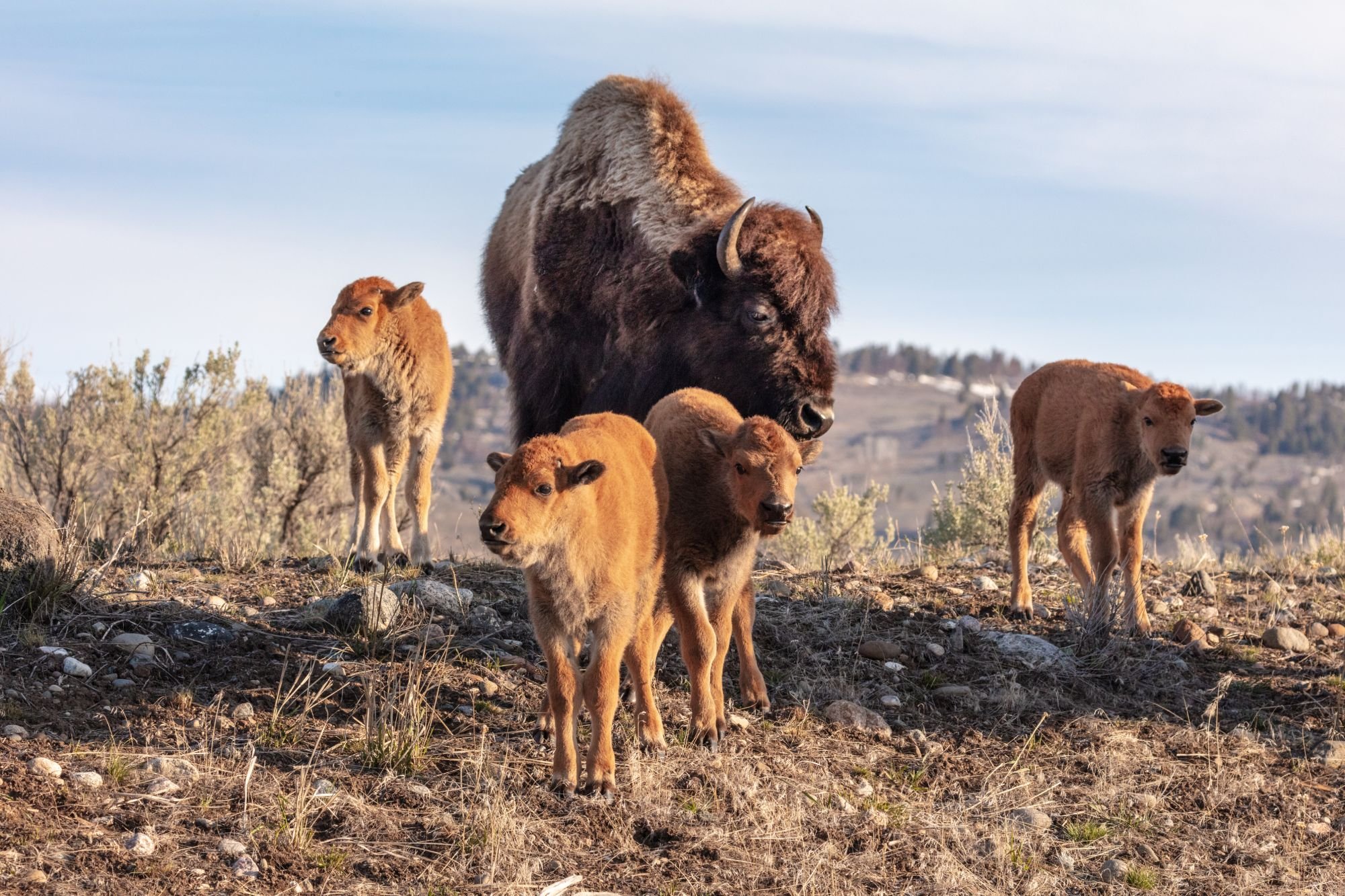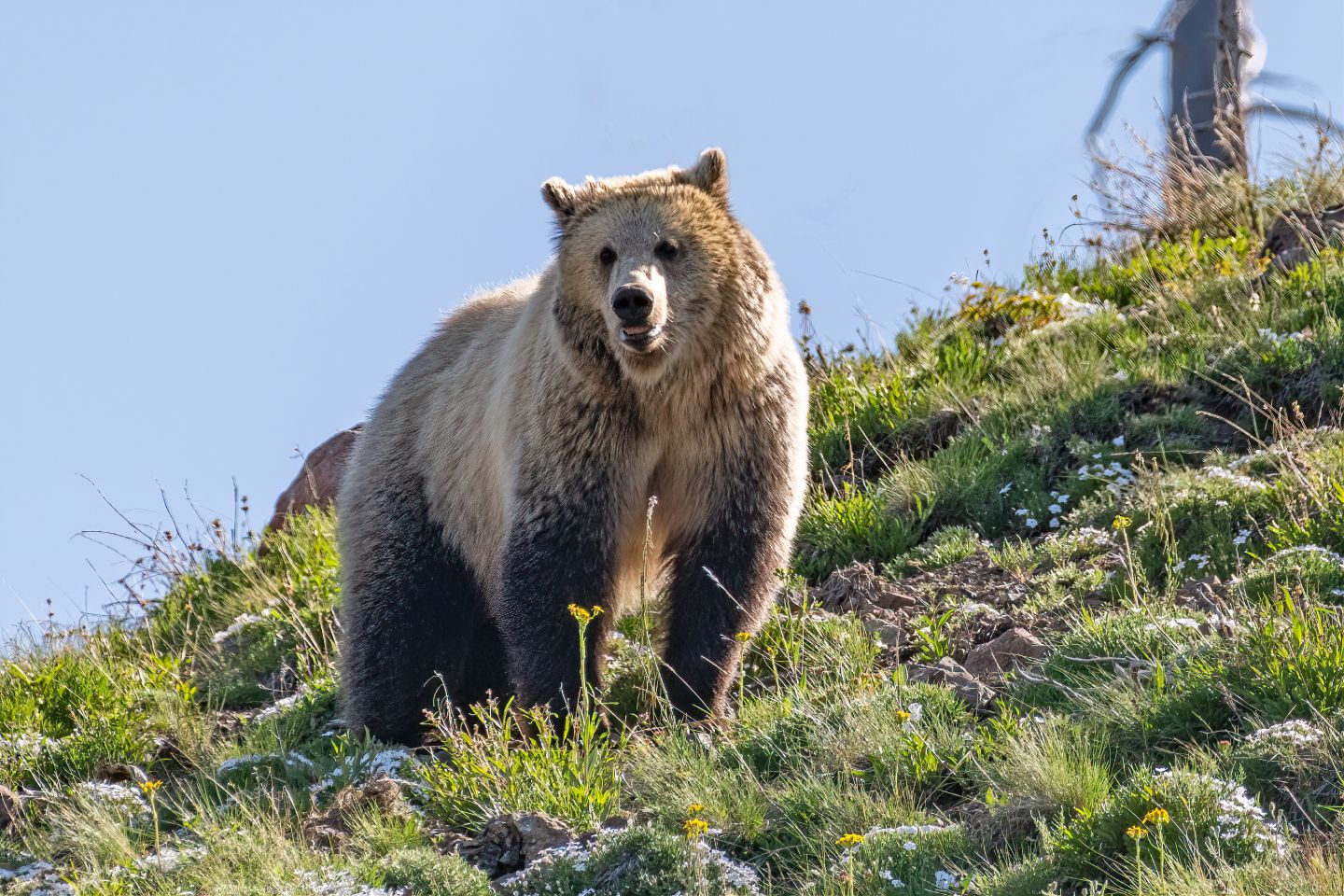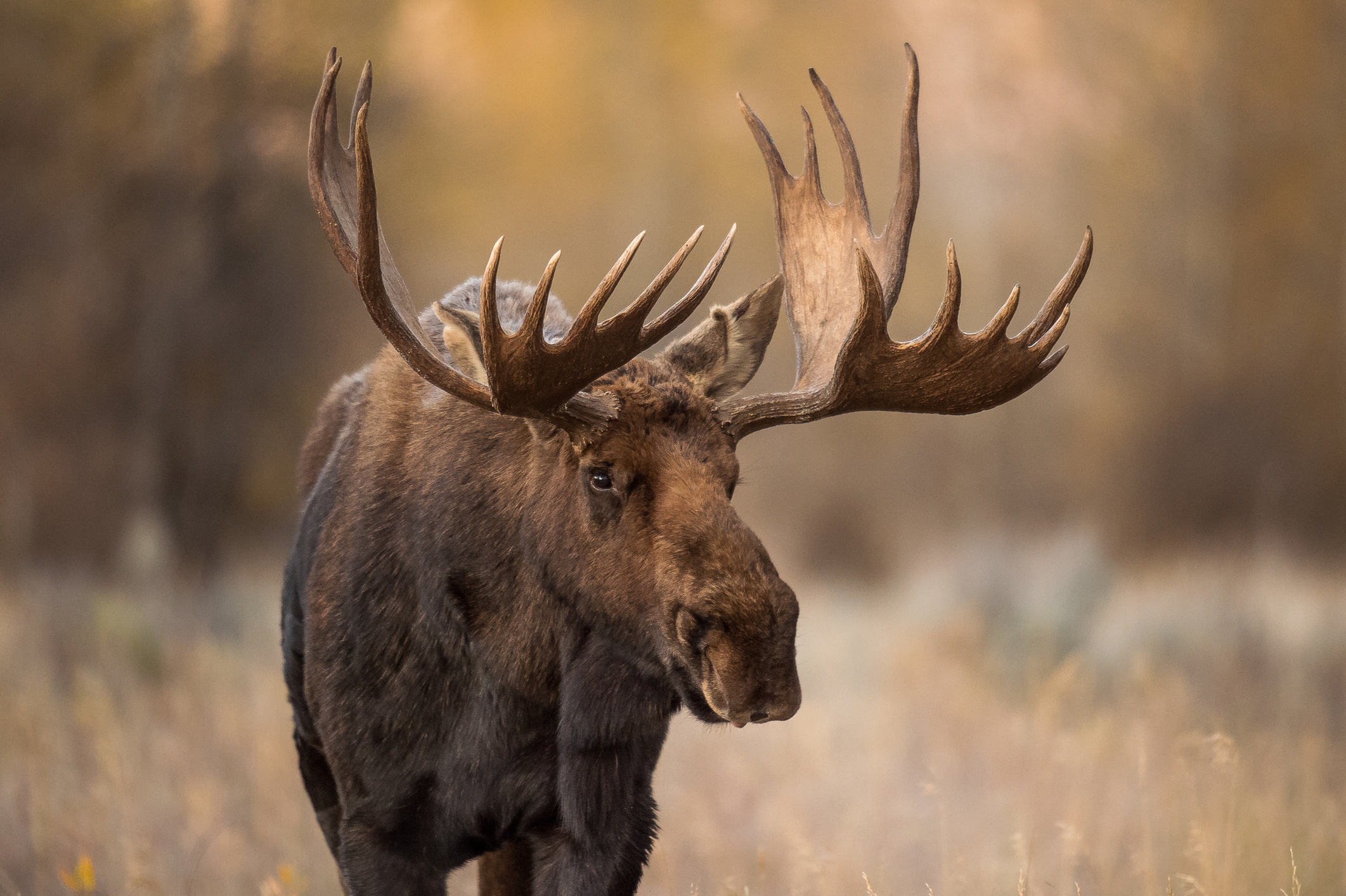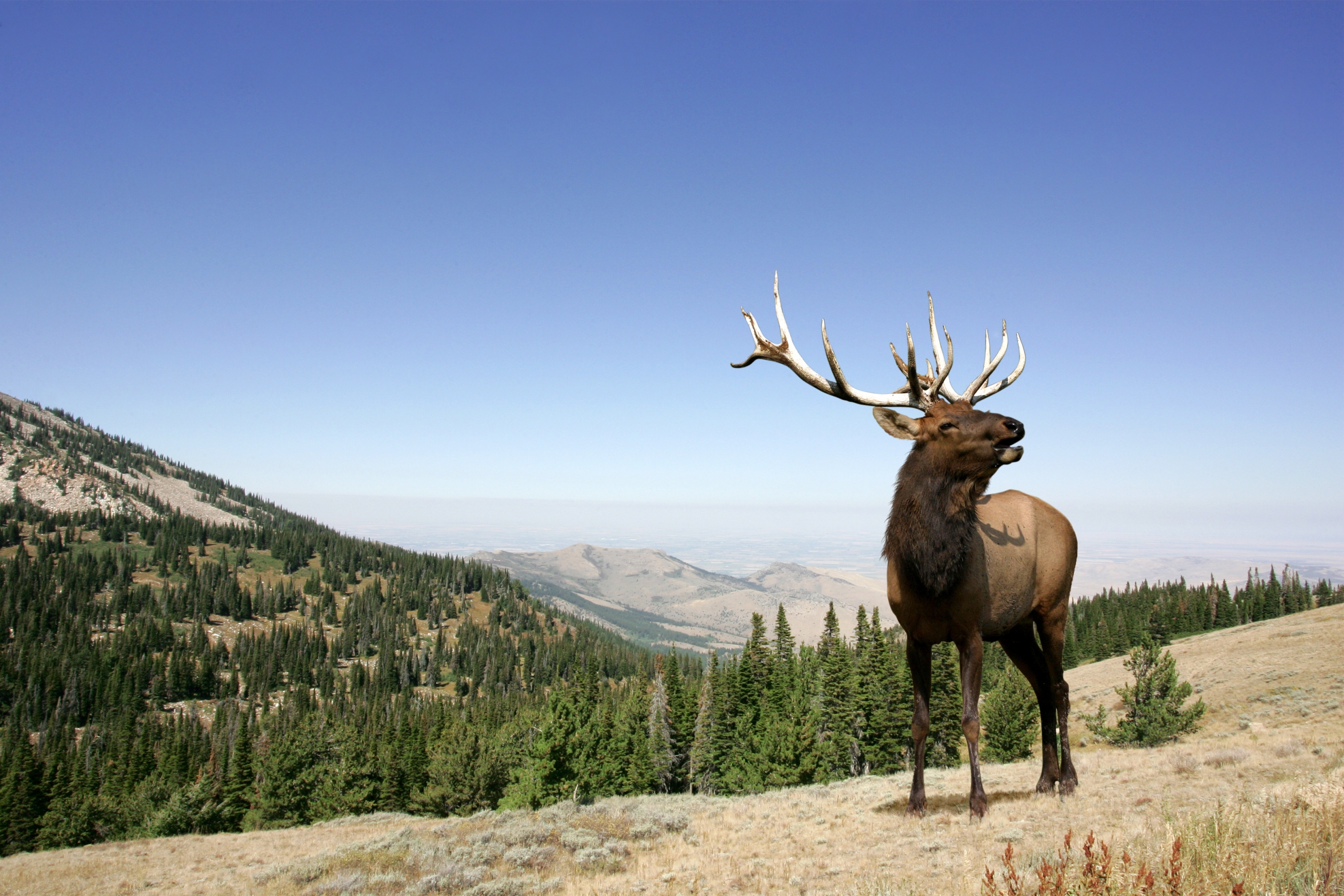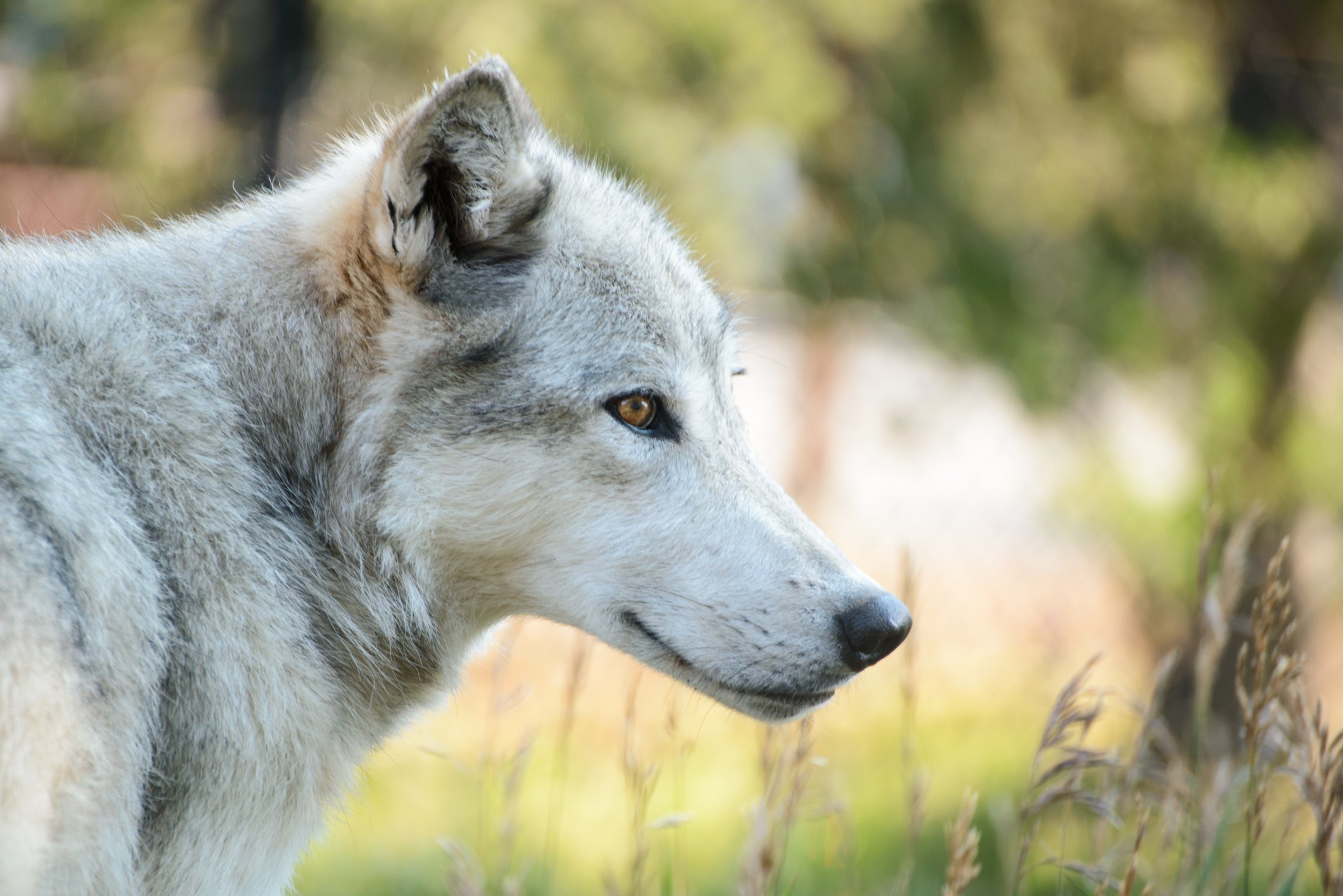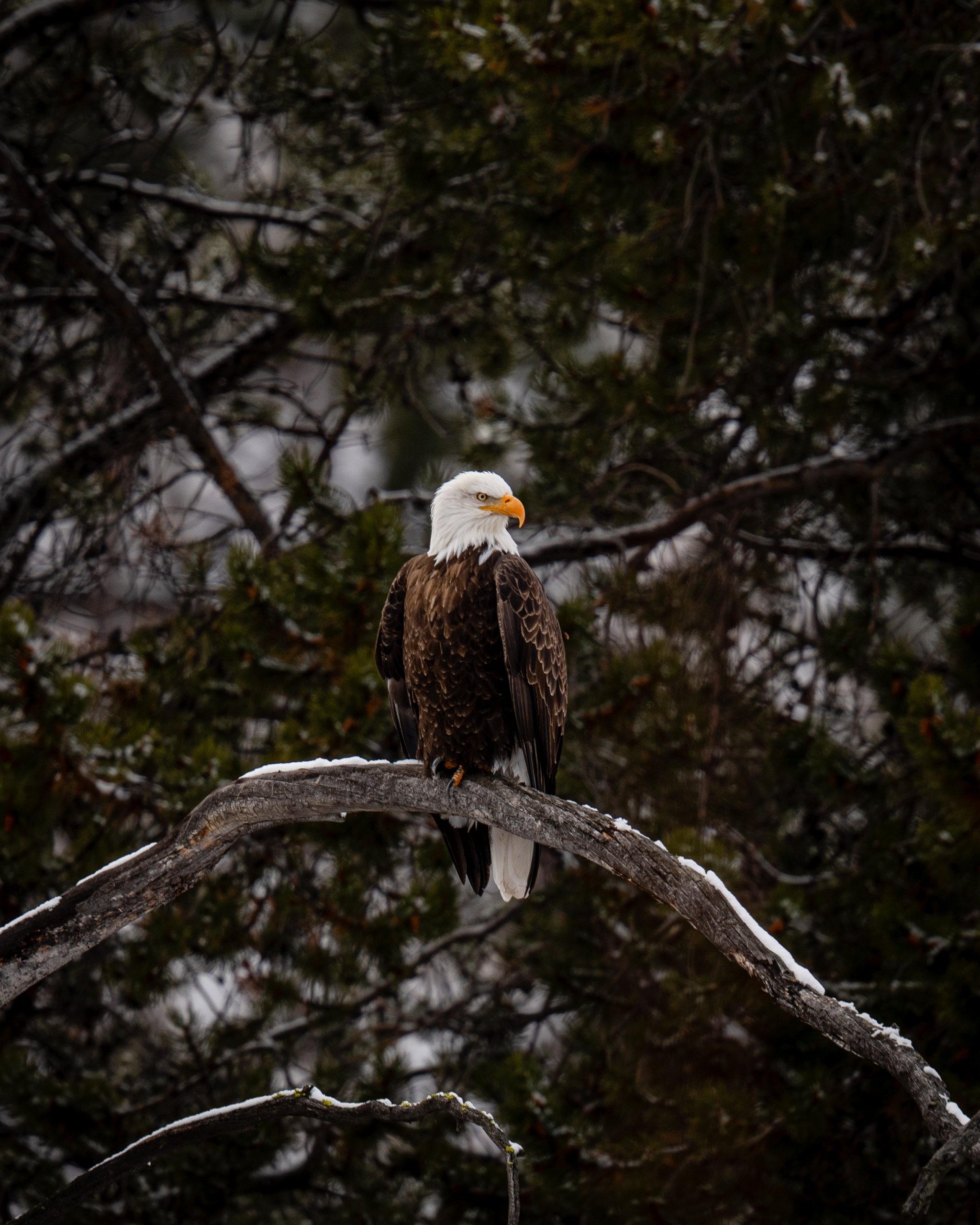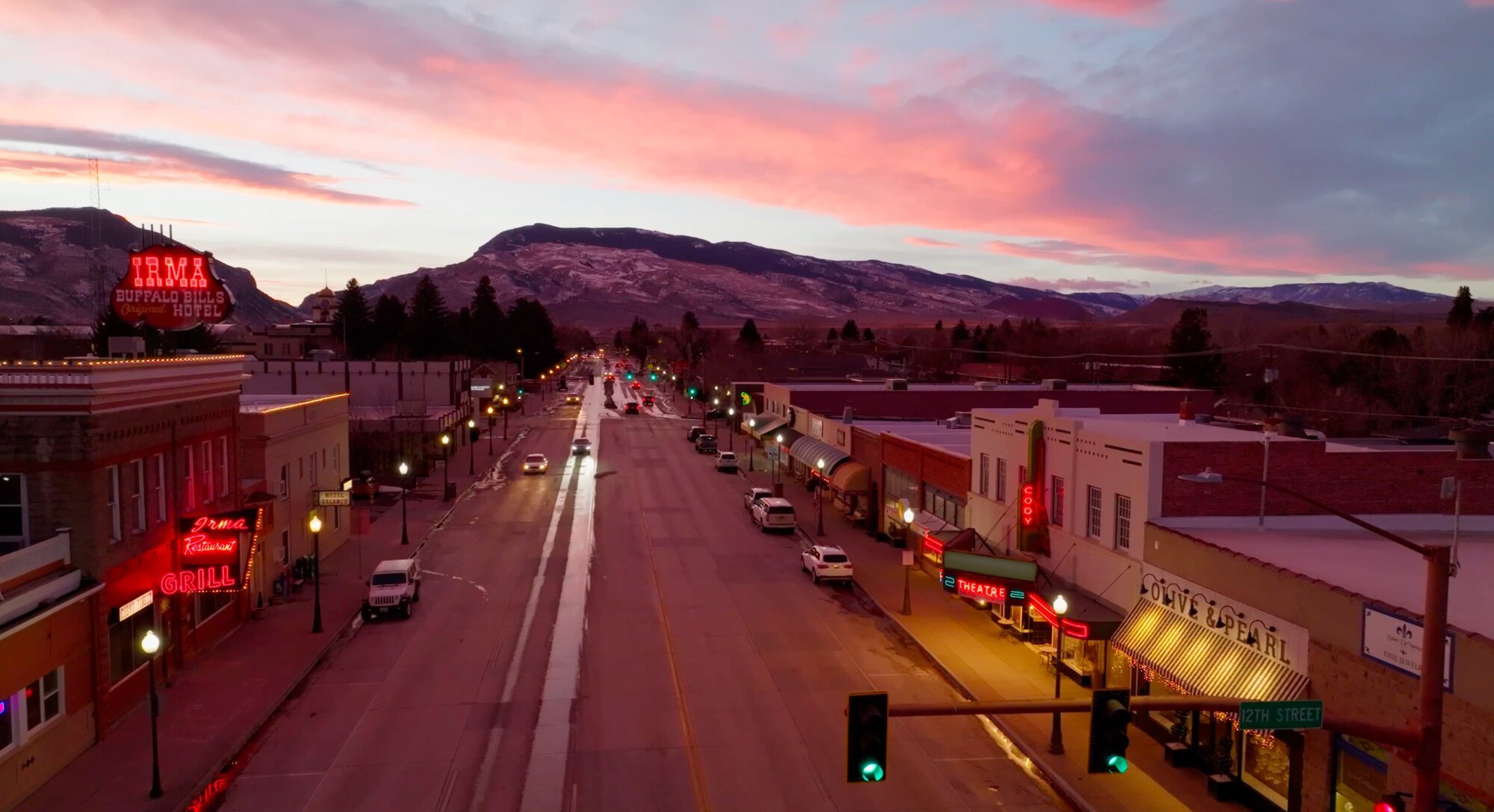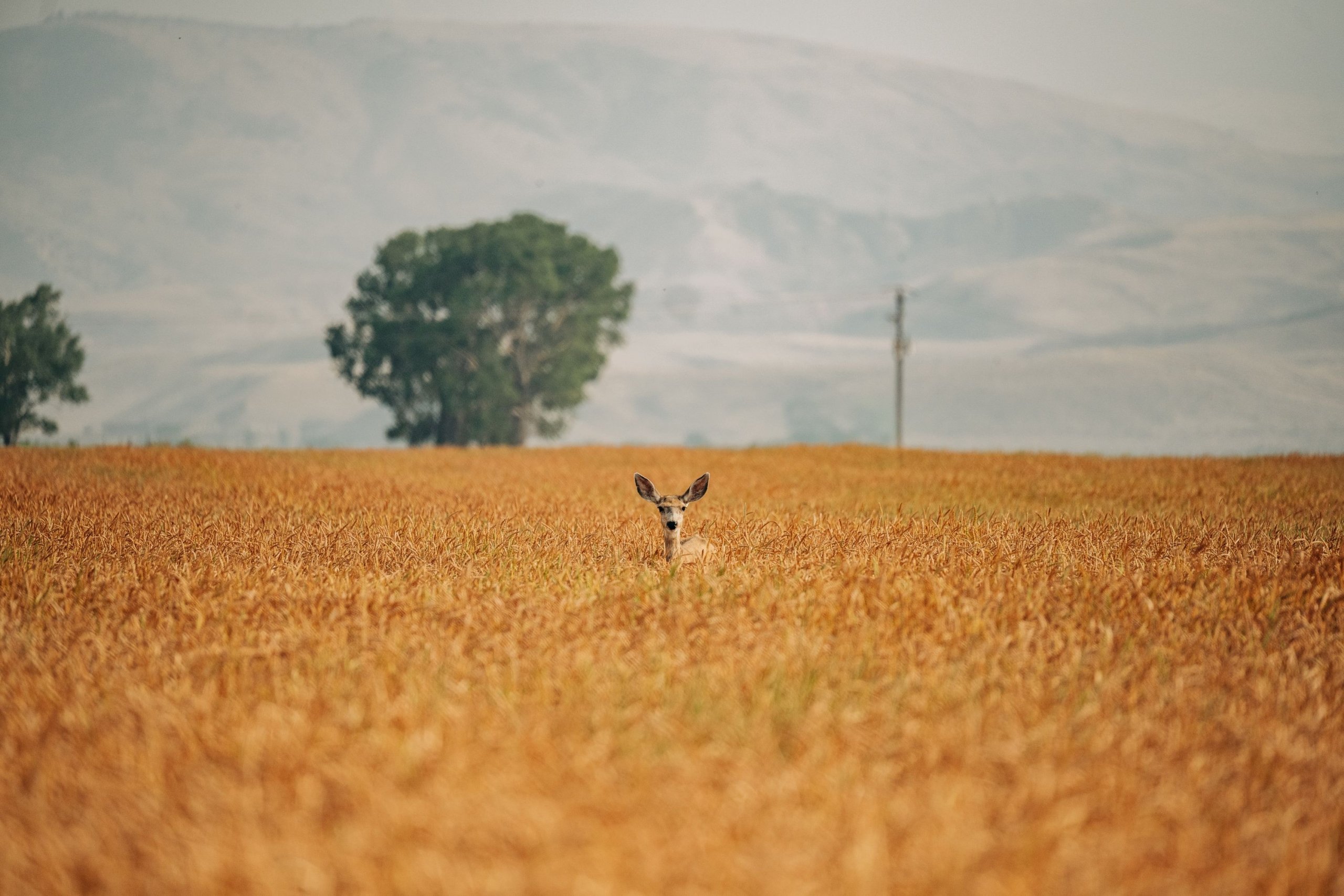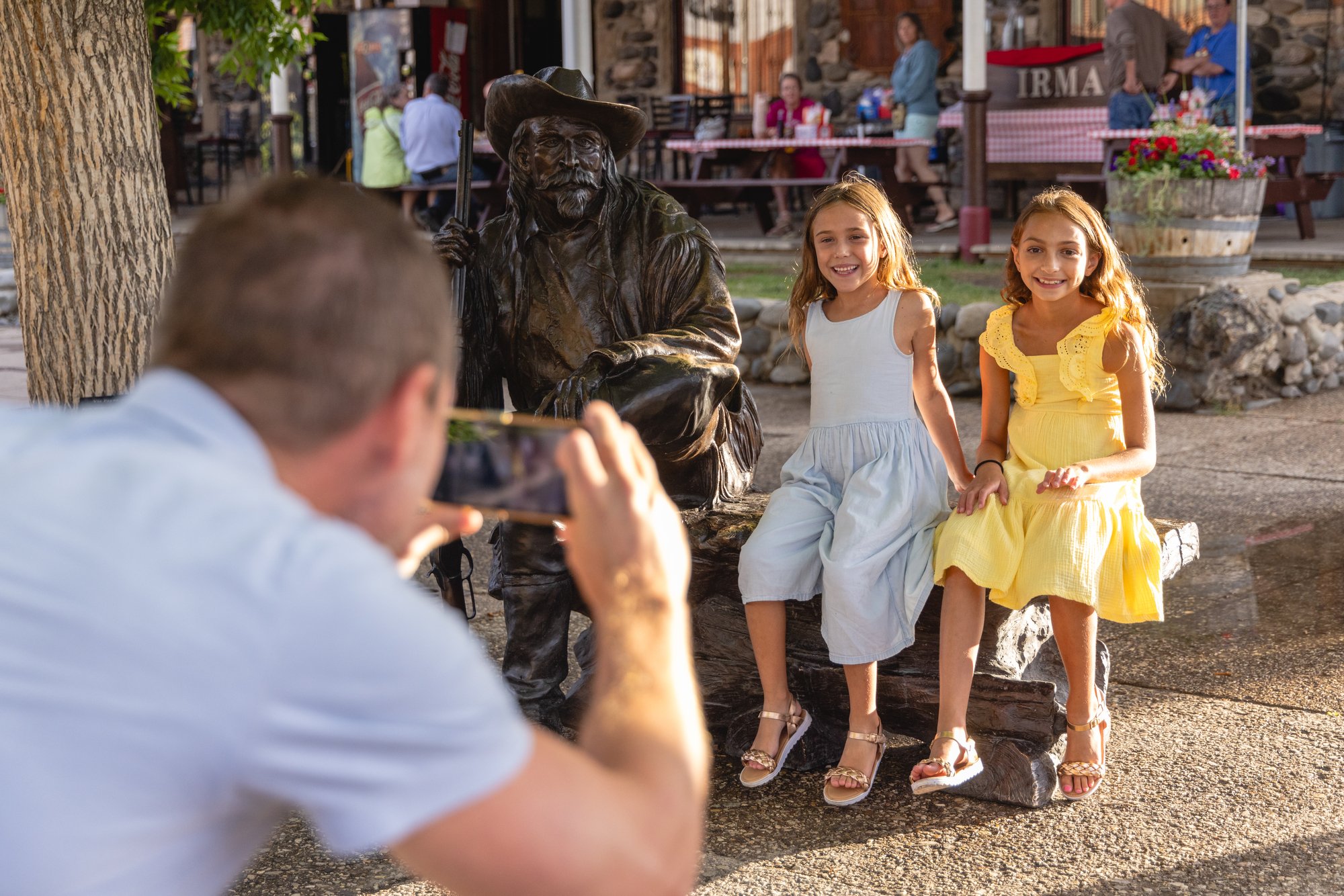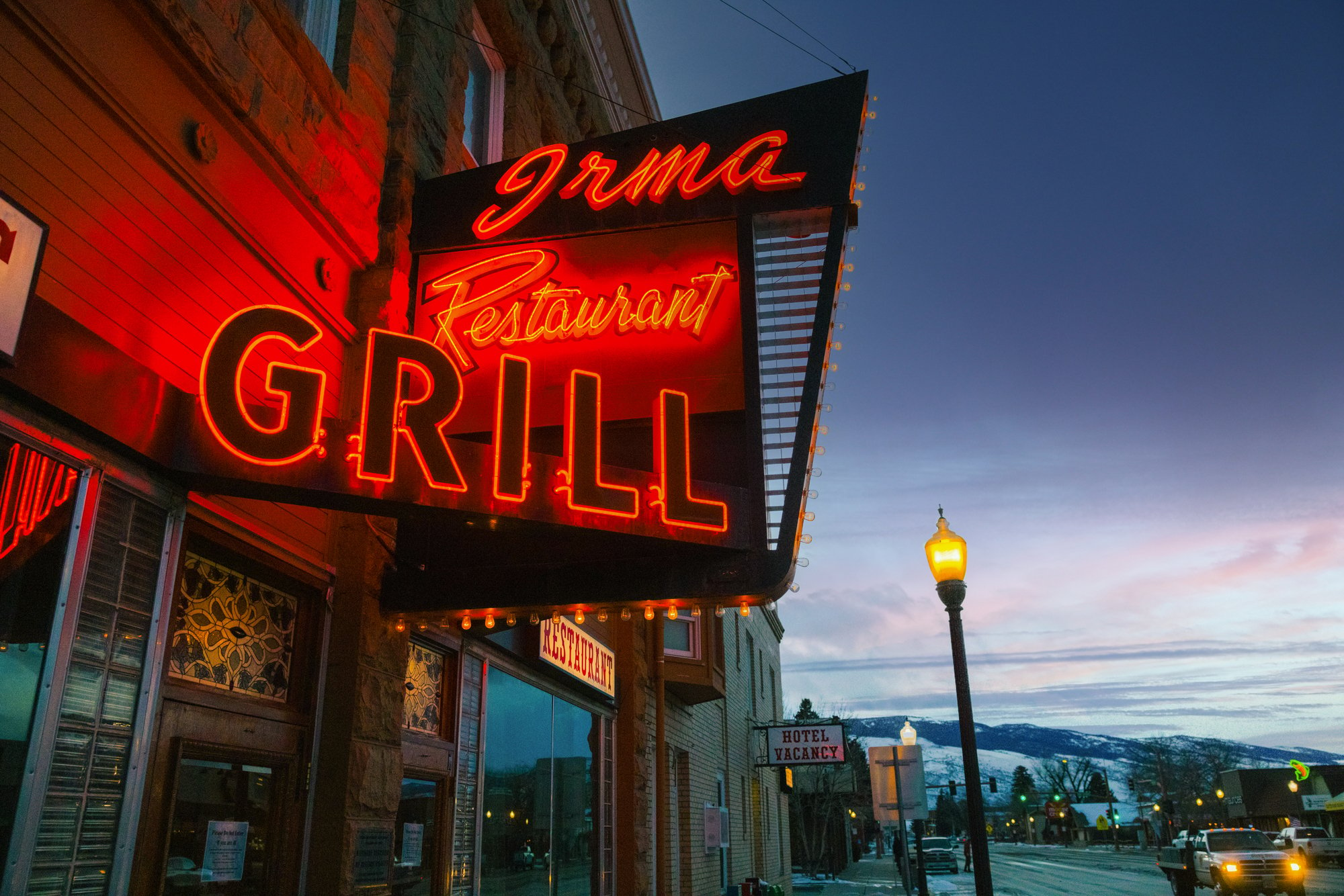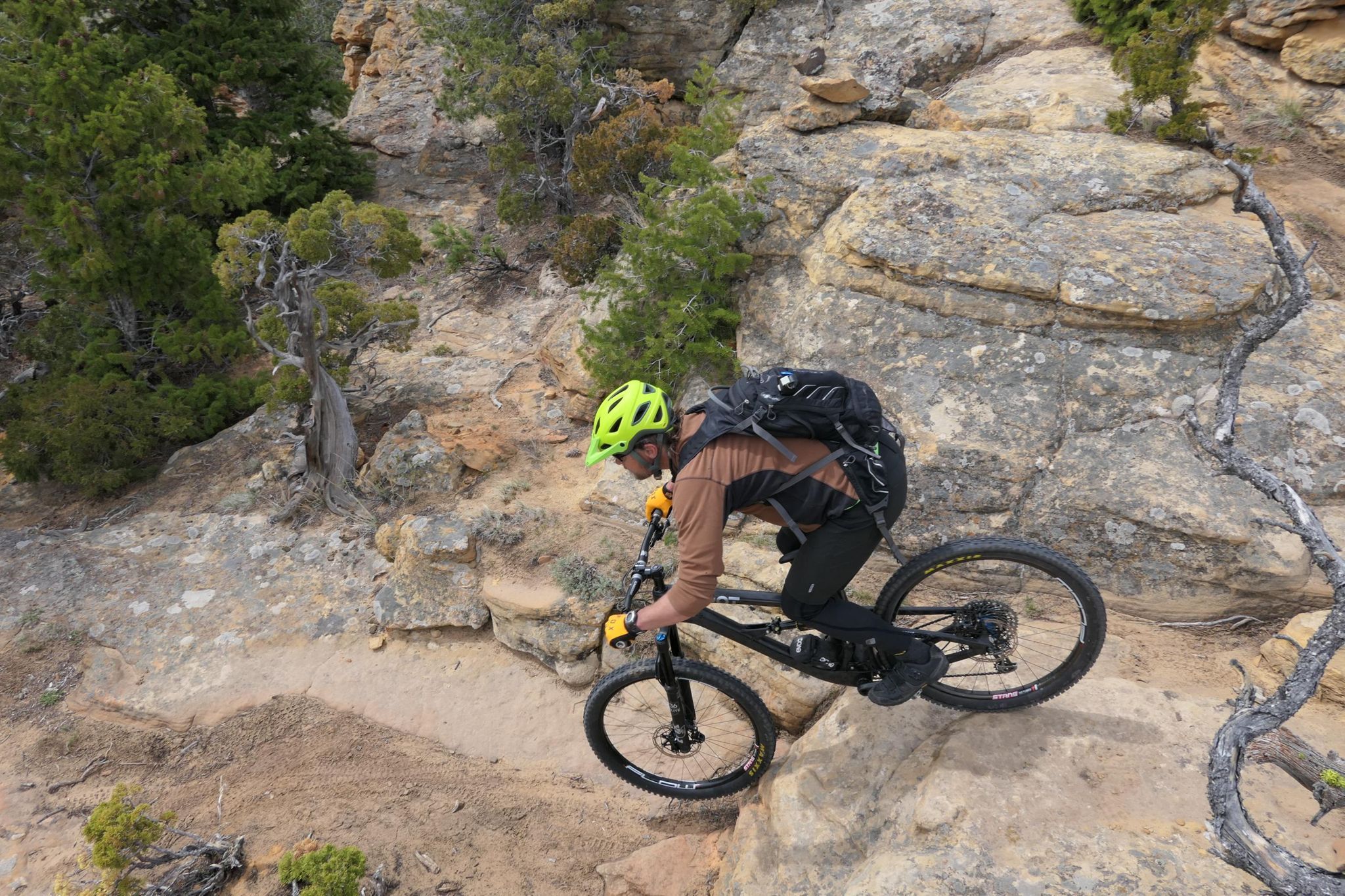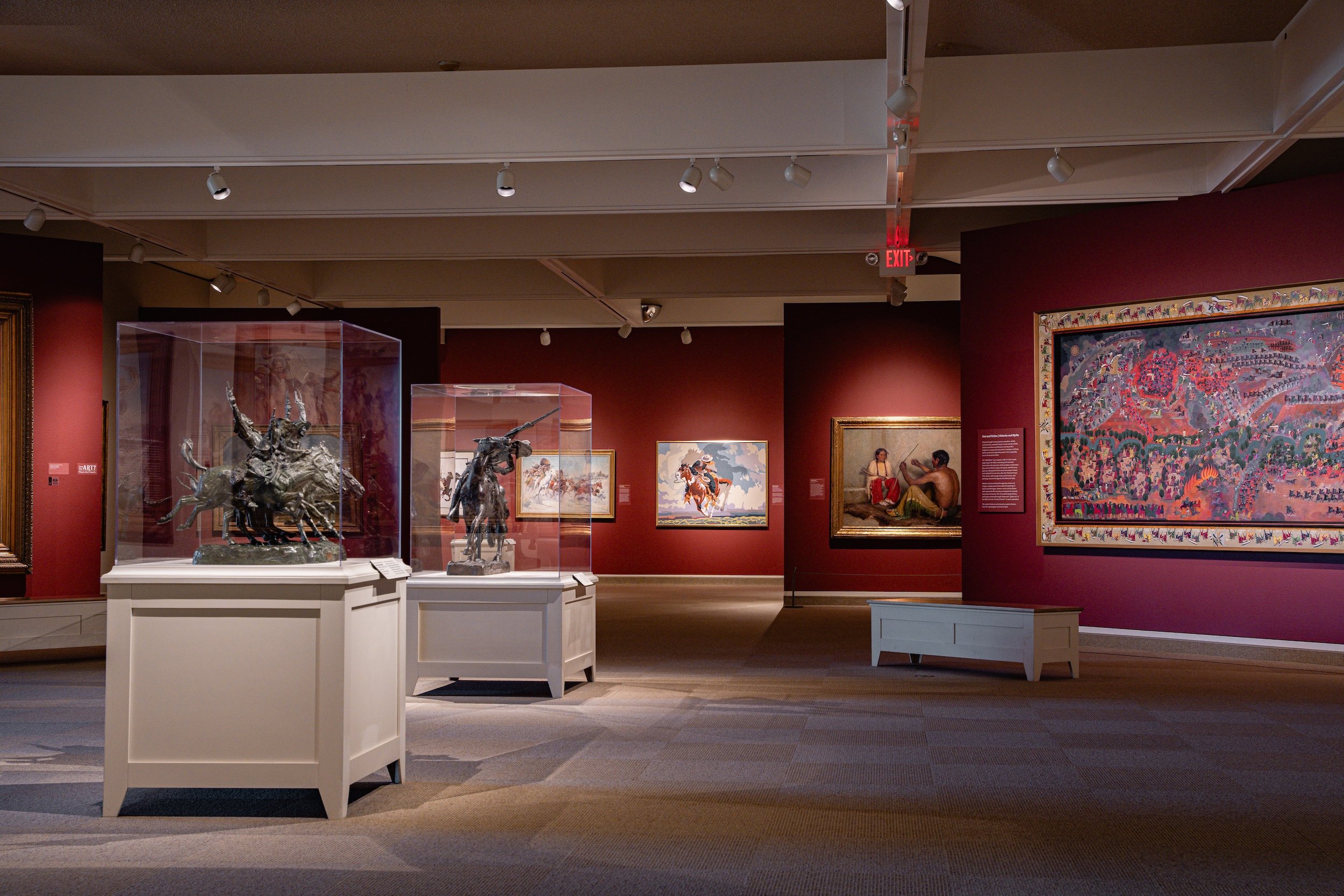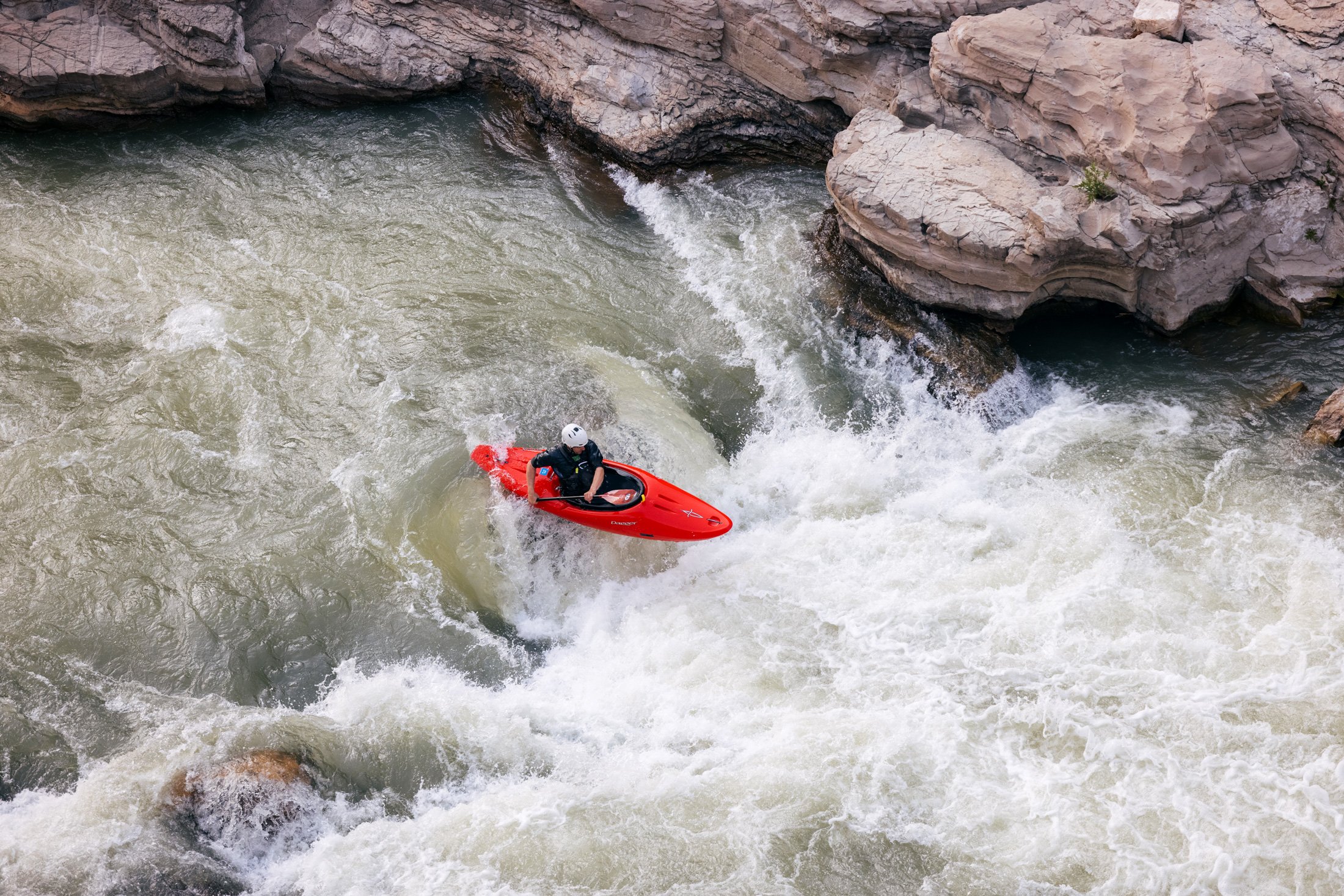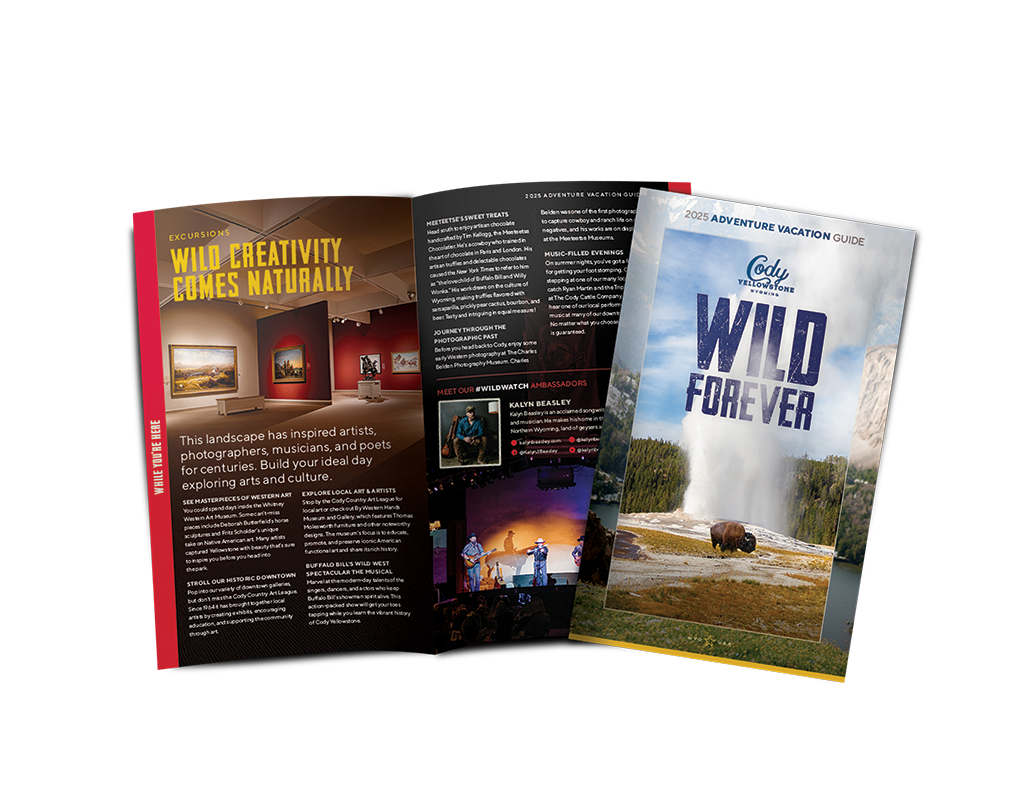September 12, 2025
June 12, 2025
Wildlife has been an essential part of the Cody Yellowstone story from the very beginning. After all, Cody itself is named after founder “Buffalo Bill” Cody, who earned his nickname for hunting the region’s abundant bison population. Just 52 miles from Yellowstone National Park, Cody serves as the perfect base camp for encountering the legendary creatures of the American West. Bison still roam the vast plains surrounding the town, sharing the landscape with bears, moose, elk, and even wolves. Keep your eyes peeled for eagles, owls, hawks, and other birds of prey soaring overhead. You’ll also see our references to the past and present of our wildlife in the Whitney Western Art Museum at the Buffalo Bill Center of the West.
When you visit our incredible landscape, you can explore all the wonderful wildlife experiences available in Cody Yellowstone. Here’s what you can expect from some of our most famous animal residents.
